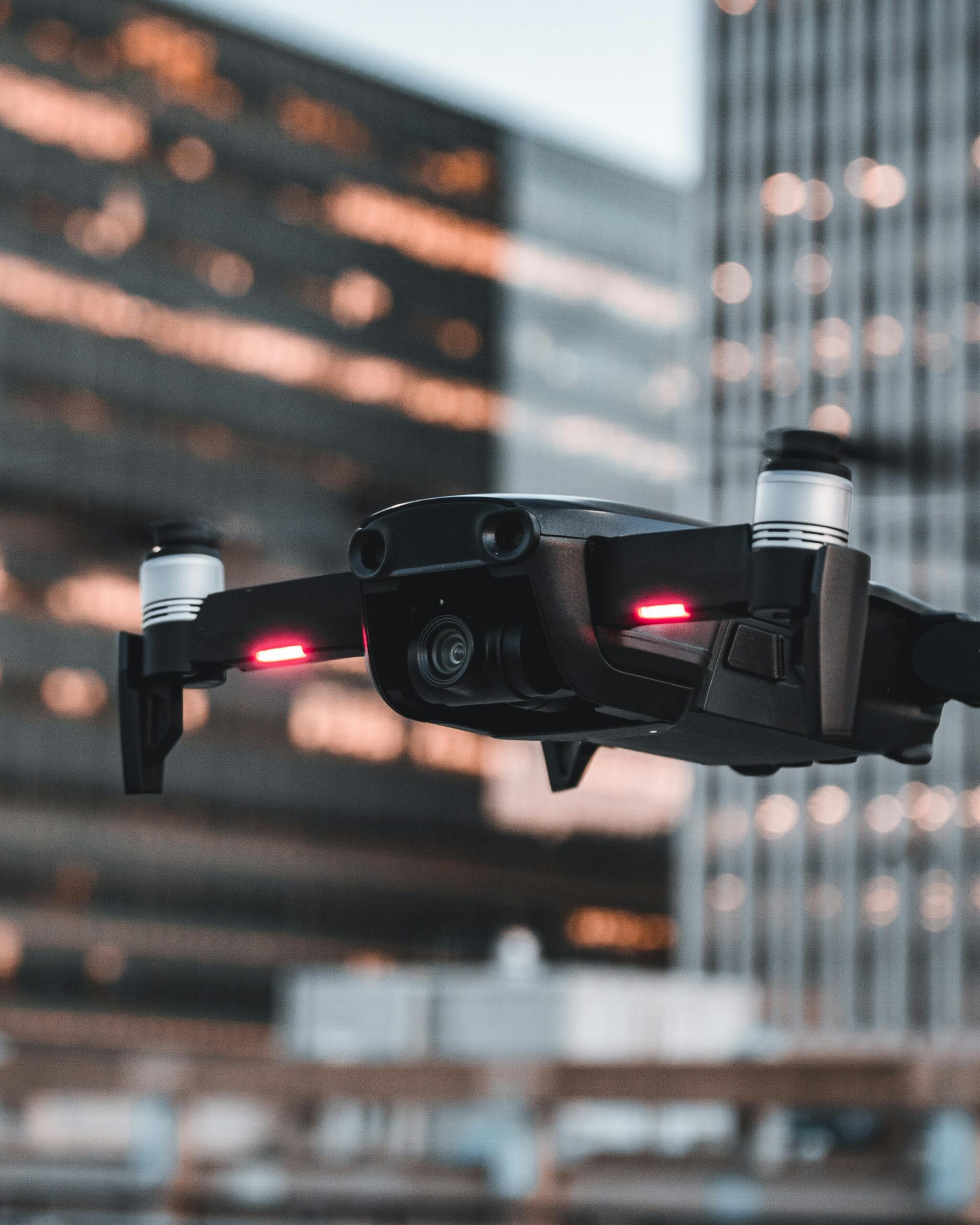5. Challenges and Barriers to Drone Delivery ⚠️
While drones hold immense potential in logistics and delivery, there are several challenges that must be addressed for widespread adoption:
🛑 Regulatory Hurdles
Many countries have strict regulations on where and how drones can fly. Airspace regulations often require drones to stay within a certain altitude and distance from airports and populated areas, which can limit their use in urban delivery settings.
- Beyond Visual Line of Sight (BVLOS): Currently, many drone regulations require pilots to maintain visual contact with their drones at all times, which limits the range of delivery. BVLOS flights, where drones can fly autonomously beyond the pilot’s line of sight, are essential for long-range deliveries, but regulatory approval is still in progress in many regions.
🏙️ Urban Challenges
Drones flying in crowded urban areas must navigate skyscrapers, power lines, and other obstacles, which can be a challenge for autonomous systems. Additionally, finding safe landing zones in densely populated areas presents a unique problem.
- Noise and Privacy Concerns: Residents of cities may raise concerns about noise pollution from drones flying overhead and privacy issues from camera-equipped drones passing near homes or businesses.
🔋 Battery Life and Payload Capacity
Most current drones have limited battery life, restricting their flight range to a few dozen kilometers at best. Additionally, drones can typically carry only small payloads, making them more suitable for lightweight packages like medicine or small consumer goods.
- Battery Technology: Improving battery capacity is crucial for enabling longer flight times and heavier payloads. Some companies are experimenting with solar-powered drones or hydrogen fuel cells to extend range.
